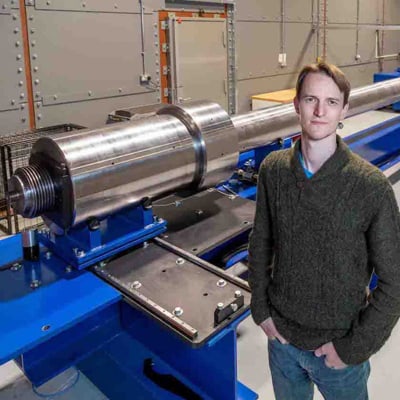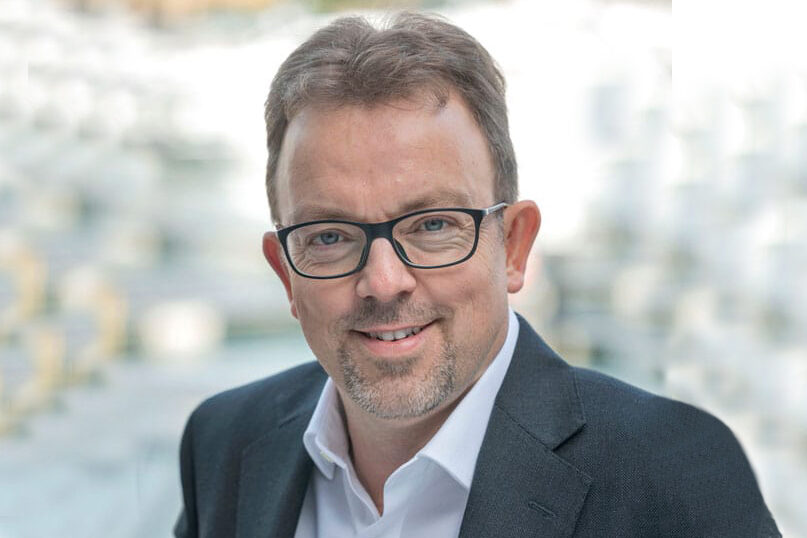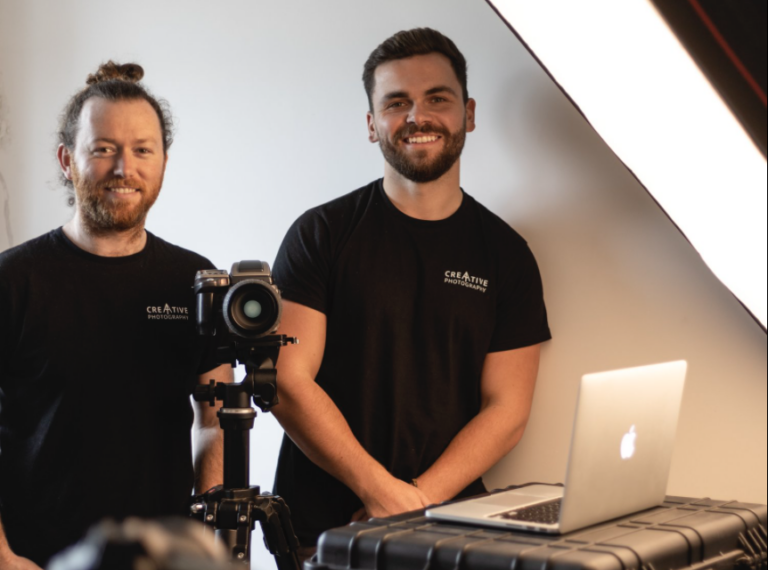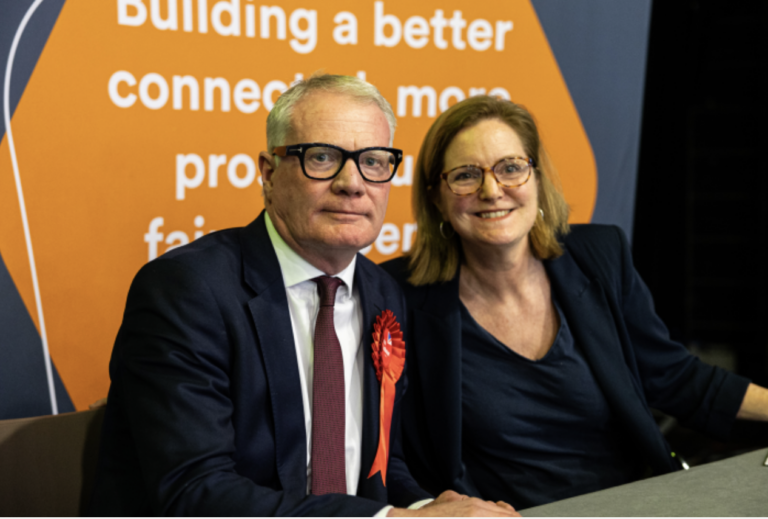Oxford start-up First Light achieves nuclear fusion breakthrough

Oxford-based start-up First Light has claimed a major breakthrough in energy production – becoming the first to achieve nuclear fusion.
The University of Oxford fusion spin-out used its unique projectile method for the first time, at its laboratory in Kidlington.
The result was independently validated by the UK Atomic Energy Authority.
First Light’s mission is to solve the problem of fusion power with the simplest machine possible.
Projectile fusion is a new approach to inertial fusion that is simpler, more energy efficient, and has lower physics risk.
First Light has achieved fusion having spent less than £45 million, and with a rate of performance improvement faster than any other fusion scheme in history.
Fusion is the phenomenon which powers the sun. The challenge – says First Light – is to control the complexities involved in replicating this process to produce a clean, abundant but also commercially viable source of power.
This means that instead of using complex and expensive lasers or magnets to generate or maintain the conditions for fusion, First Light’s approach compresses the fuel inside a target using a projectile travelling at tremendous speed.
The key technology in First Light’s approach is the target design, which focuses the energy of the projectile, imploding the fuel to the temperatures and densities needed to make fusion happen. To deliver this fusion result, First Light used its large two-stage hyper-velocity gas gun to launch a projectile at a target, containing the fusion fuel.
The projectile reached a speed of 6.5 km per second before impact. First Light’s highly sophisticated target focuses this impact, with the fuel accelerated to over 70 km per second as it implodes, an increase in velocity achieved through our proprietary advanced target design, making it the fastest moving object on earth at that point.
First Light now expects to partner with existing power producers to develop a pilot plant using its unique fusion approach.
It is working towards a pilot plant producing ~150 MW of electricity and costing less than $1 billion in the 2030s.
First Light is working with UBS Investment Bank to explore strategic options for the next phase of its scientific and commercial development.
Dr Nick Hawker (pictured) co-founder and CEO of First Light Fusion said: “Our approach to fusion is all about simplicity.
"Being simple, we believe projectile fusion is the fastest path to commercially viable power generation from fusion. We aim for simplicity in the power plant engineering, but we also want to make the fusion process itself as simple as possible.
"The key technology is our target designs. As objects, these are very complex, but the physics is simpler than other fusion approaches; it can be understood and simulated accurately.
"With this result we have proven our new method for inertial fusion works and, more importantly, we have proven our design process. The design used to achieve this result is already months out of date.
"As soon as we reach the maximum with one idea, we invent the next, and that incredible journey of discovery is what is so exciting.”
Business & Energy Secretary, Kwasi Kwarteng, said: “First Light Fusion’s British-born technology could potentially revolutionise power production in the coming decades.
"That is why this government is investing in UK science and innovation, ensuring that we remain at the forefront of the global scientific endeavour to make safe, clean, limitless fusion energy a reality.”













